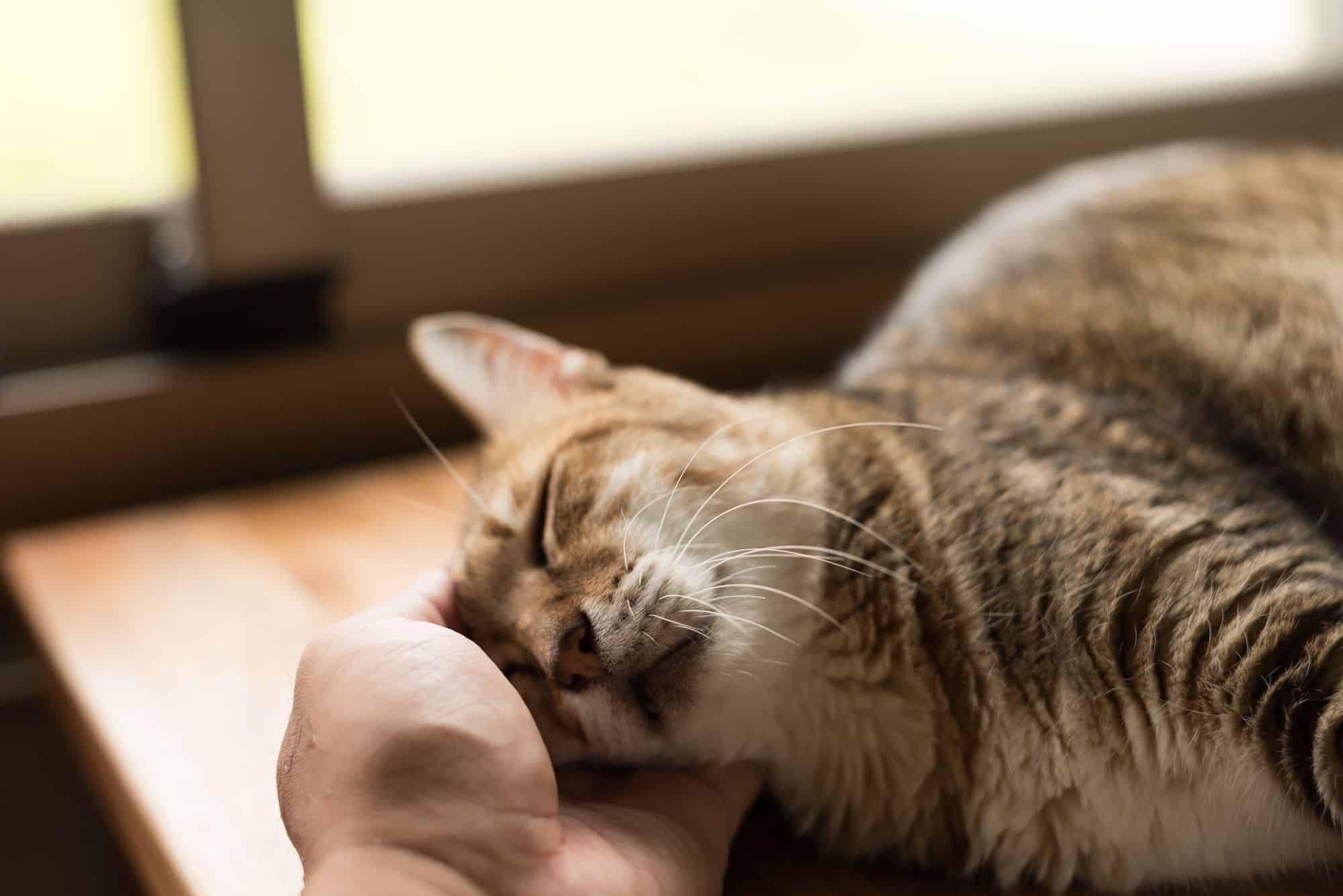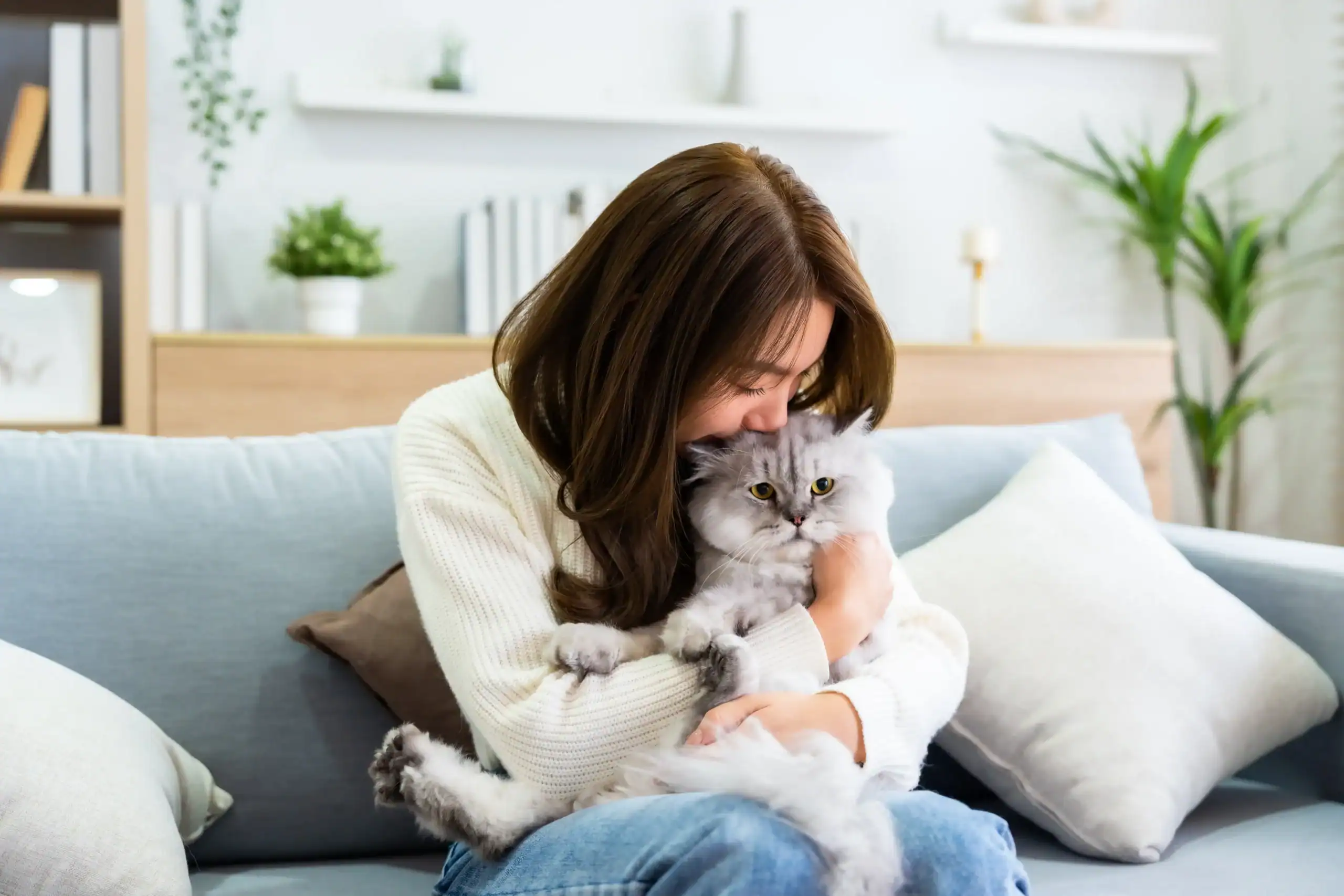How to Prepare for Your Pet’s Euthanasia in Harris County, TX
Preparing for your pet's euthanasia involves understanding quality of life signs, emotional readiness, and practical decisions to ensure a peaceful farewell.
Share:
Summary:
Recognizing When It's Time for Pet Euthanasia
The hardest part isn’t the procedure itself—it’s knowing when the time has come. Your pet should have more good days than bad days, and when this reverses, it’s time to start thinking about providing a peaceful passing. You know your pet better than anyone, and that knowledge becomes your most reliable guide.
Sometimes asking yourself the question, “Does my pet have more bad days than good days?” can help you make the decision. Quality of life isn’t just about physical pain—it’s about whether your pet can still experience joy, respond to you, and engage with their world in meaningful ways.
Quality of Life Signs to Watch For
If your pet can no longer experience the things they once enjoyed, cannot respond to you in their usual ways, or appears to be experiencing more pain than pleasure, you may need to consider euthanasia. These aren’t easy observations to make, but they’re necessary ones.
Watch for changes in appetite, mobility, and social interaction. Has your dog stopped greeting you at the door? Does your cat no longer purr when you pet them? These behavioral shifts often tell a clearer story than physical symptoms alone. Pets typically do not externalize pain the same way humans do but they do experience it.
Since pets can have “good” and “bad” days, it can be helpful to assess your pet’s quality of life daily over a period of time. If you find that your pet is having more bad days than good, it may be time to think about euthanasia and end-of-life care. Keep a simple journal if it helps—noting energy levels, eating habits, and moments of apparent comfort or distress.
The goal isn’t to wait until your pet is suffering unbearably. It is a misconception that most pets pass away on their own at home – unfortunately it’s not that simple and often isn’t the case. Animals are incredibly resilient, so it can take much longer than we realize for them to succumb to illness. By the time a pet passes away at home, they have likely endured prolonged illness, pain, and even suffering.
Your veterinarian can provide a quality-of-life assessment, but ultimately, you’re the one who lives with your pet every day. Trust your observations and your instincts about their comfort and happiness.
Having the Conversation with Your Veterinarian
Your veterinarian understands the bond you share with your pet and can evaluate your pet’s condition, estimate the chances for recovery, and discuss any potential disabilities, special needs, and long-term problems. Your veterinarian can explain medical and surgical options as well as risks and possible outcomes.
This conversation shouldn’t happen in crisis mode if you can help it. Schedule a consultation specifically to discuss your pet’s condition and prognosis. Come prepared with your observations about their quality of life, and don’t hesitate to ask direct questions about what lies ahead.
Because your veterinarian cannot make the euthanasia decision for you, it is important that you fully understand your pet’s condition. If there is any part of the diagnosis or the possible effects on your pet’s future that you don’t understand, ask questions that will help you understand. You need complete information to make an informed decision.
Some veterinarians offer quality-of-life assessments as a separate service. If you feel your pet is a candidate for euthanasia service or you would like to schedule a quality-of-life assessment, contact your veterinary provider to schedule an appointment. This can help remove some of the emotional weight from the decision by providing professional, objective input.
Although there are times when the decision may need to be made immediately, you usually will have some time to review the facts and discuss the situation with your family and friends, before deciding how to proceed. Use this time wisely, but don’t let it become a source of prolonged anguish for you or extended suffering for your pet.
Preparing for the Euthanasia Appointment
Once you’ve made the decision, the focus shifts to ensuring your pet’s final moments are as peaceful as possible. Euthanizing a pet is one of the most difficult decisions to make, even when you know it’s the right decision. It’s important that you feel informed, empowered, and supported so that you can make the best decision possible for both you and your pet.
Preparation involves both practical and emotional elements. You’ll need to decide on location, aftercare arrangements, and who should be present. These decisions are easier to make when you’re not in the immediate emotional intensity of the moment.
Choosing Between At-Home and In-Facility Euthanasia
To accommodate the diverse needs of clients, we offer both mobile and in-facility pet euthanasia services. The choice between these options depends on your pet’s temperament, your family’s needs, and your personal preferences.
Our at-home service brings compassionate euthanasia to the comfort of your home. In the familiar surroundings of your residence, your pet can experience a stress-free and peaceful transition. Our experienced veterinarians are equipped to provide gentle, compassionate euthanasia with the utmost care, ensuring that your pet’s final moments are filled with love and serenity.
Many families appreciate avoiding that “last drive” to the veterinary clinic. During your unhurried, loving “goodbye,” your pet will be in the most comfortable place – your home – surrounded by loved ones. This option works particularly well for anxious pets or when multiple family members want to be present.
For families who prefer a dedicated space for their pet’s farewell, our tranquil facility is designed to create a calming atmosphere. Our experienced team offers in-facility euthanasia services, providing a supportive environment where you can spend private and quality time with your beloved pet. Some families find this setting helps them feel more supported during the process.
Consider your pet’s stress levels in different environments. A dog who loves car rides might do fine traveling to a clinic, while a cat who hides during vet visits would likely be more comfortable at home. Several organizations offer at-home euthanasia for pets, sometimes through your local veterinarian. These appointments offer a more relaxed, comfortable setting for your pet, compared to visiting a veterinary clinic, and they can reduce some of the stress involved in the process.
What Happens During the Euthanasia Process
Understanding the process helps reduce anxiety and allows you to focus on being present with your pet. Our veterinarian will begin by introducing themselves and discussing the process with you. They may ask if you have any questions and if there are specific details you would like to address.
The first injection is a sedative. This injection helps relax your pet, making them calm and drowsy. The goal is to ensure your pet is comfortable and peaceful before proceeding with the euthanasia solution. Sedation typically takes about 10-15 minutes to take full effect, bringing your pet into a deep and comfortable sleep.
After the sedation is administered, we will offer you time alone with your pet. This allows you to say your final goodbyes in a quiet and private setting. There’s no rush during this time—take as long as you need.
Once you and your pet are ready, our veterinarian will administer the second injection, which is the euthanasia solution. This solution acts quickly to stop the heart and bring about a peaceful passing. Pets will become unconscious within seconds and they will typically pass away within a few minutes of the euthanasia solution being administered. Because we administer a sedative prior to euthanasia, your pet will be calm and will not feel any pain during the procedure.
Once your pet is sedated, they will not be aware of the rest of the procedure. They will, however, know they are surrounded by the people they love, and who love them. This is perhaps the most important thing to understand—your presence and love are what your pet experiences in their final moments.
Making Peace with Your Decision
The decision to euthanize a pet should be one that you always look back upon and know that the best decision was made and that you would make the same decision again in the same situation. This peace comes from knowing you acted out of love, not convenience, and that you prioritized your pet’s comfort over your own emotional needs.
Although euthanasia is a personal decision, it doesn’t need to be a solitary one. Your veterinarian, family and close friends can help you make the right decision and can support you as you grieve the loss of your pet. Grief is natural and necessary—don’t rush through it or minimize its importance.
If you’re in Harris County, TX and facing this difficult decision, we at Angel Oaks Pet Crematory understand the weight of what you’re going through. Our experienced team provides both at-home and in-facility services, ensuring your pet’s final moments are handled with the dignity and compassion they deserve.
Article details:
- Published by:
- Best Pet Cremation in Houston, TX | Angel Oaks Pet
- Published to:
- Last modified:
- October 31, 2025
Share:
Continue learning:


